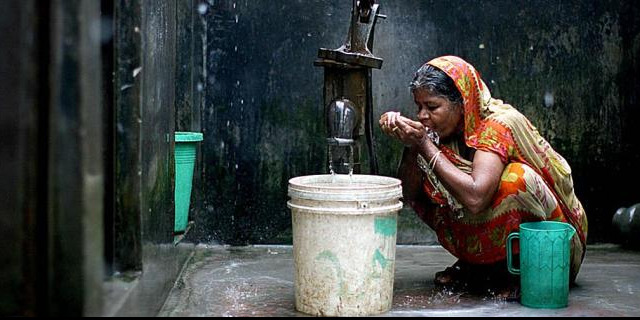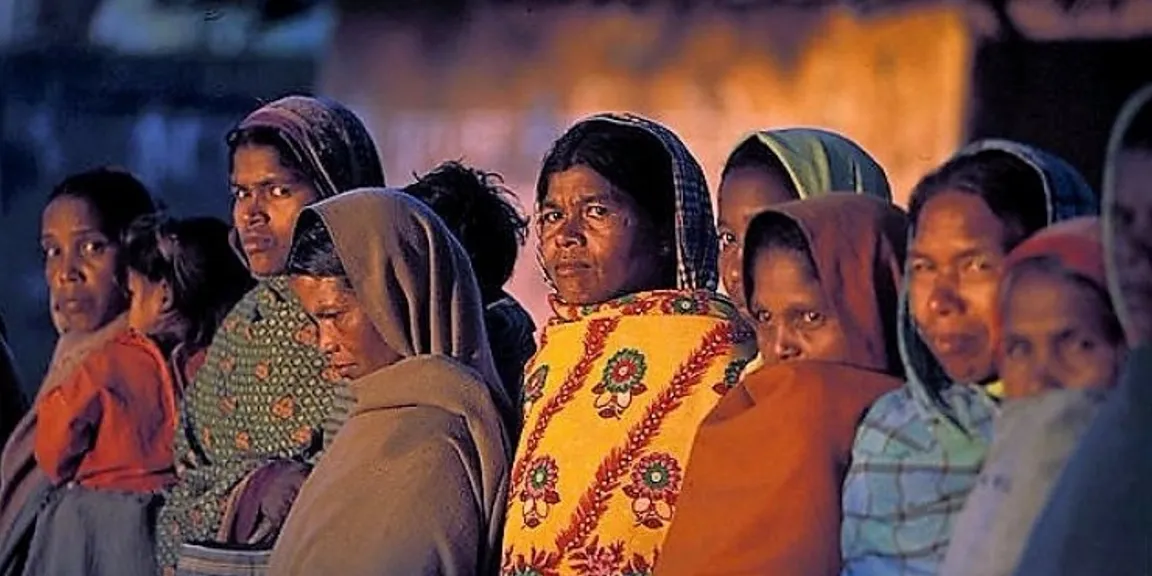

It’s time we focus on women’s access to better sanitation facilities.
In 2014, the rape and murder of two minor girls in the small village of Badaun, U.P., shook the nation. Apart from the shocking state of women’s safety in India, this tragedy also highlighted an issue that millions of other women in the country are facing – lack of proper sanitation and access to toilets.

Well past midnight, the Badaun cousins were going to relieve themselves in the fields at the outskirts of the village when the gruesome tragedy struck. It’s agonizing to note that the case of the Badaun cousins isn’t an isolated incident.
The 2016 study conducted by the University of Michigan sets the pretext for the need of access to water and sanitation in India because it threatens the safety of women in the country. The research concluded that women who use open defecation sites have double the chances of getting raped in comparison to women who use home toilets.
However, it’s just not their safety that is threatened. According to the research conducted by the World Health Organization in 2012, one in four girls (close to 23%) drops out of schools due to lack of clean water and sanitation.
Impact of poor water and sanitation – multifaceted problem

undefined
Due to the shame and fear connected with open defecation, women have begun to restrict their food and water intake for hours together to avoid the need to urinate and defecate. This could potentially affect their health and stamina.
Such risky practices and inadequate nutritional intakes, along with poor sanitation and women hygiene affect pregnant women the most. Not many realize that lack of sanitation leads to serious postpartum complications, including shocking pregnancy outcomes and alarming maternal / infant mortality rates.
The repercussions of improper water and sanitation in India are infinite, and the supporting statistics are numerous. Several studies have been conducted by both the government and private bodies. However, precious little has been done to alter the situation.
There’s a pressing need to transform the lives of women in India with undeterred focus. Within its scope, improving the access to proper sanitation and clean water for women should be made the top priority. There are close to 65 million adolescent girls living without clean water and sanitation, we don’t require a louder call for action!
Areas for improvement – multifaceted solution
India has always lacked well-managed public sanitation facilities. In this backdrop, the Swachh Bharat Abhiyan has assumed great relevance. It’s clear that the significance of this initiative goes beyond just ‘cleaning India’, but also aims at building quintessential facilities that will lead to a ‘cleaner India’. Keeping that in mind, let’s look at other pressure points that we need to work on.
1.The one-size fits all mentality has to change: While projects and policies are getting into place, we also need to focus on helping communities recognise sanitation as a basic necessity. Having said that, we cannot overlook religious and cultural sentiments. Different communities have different needs, which should ideally translate to specific strategies for different communal groups.
2.The issues are complicated and must be tackled at a multi-dimensional level: The lack of clean water and sanitation in India cannot be tackled by distributing a single product. We would need to communicate the importance and relevance of same. Awareness of issues like women hygiene, the spread of waterborne diseases, promoting safe water, waste disposal, etc., has to be given priority.
3.The Government cannot do this alone: According to The Wire, 732 million people in India do not have access to clean water and sanitation. The 2017 report by WaterAid shows that India tops the list of people without proper access to toilet facilities. This number cannot be combated by a unilateral effort. There is a need for a social enterprise model to address this issue along with the help of various companies and NGOs. It’s up to the ‘wealthier citizens’ to make a difference for the greater good of the country.
In a nutshell, we need to follow a three-fold approach – A collaborative effort between the government, the citizens, the civil society, and businesses is essential. First, as individuals, we need to communicate the benefits and importance of investing in sanitation and bring about a behavioural change amongst communities. Second, as volunteers, we need to provide support to local-level plans in the communities that we live in. Third, as a company, we need to chart out CSR activities that focus on sensitive issues like fecal sludge monitoring, awareness on women hygiene, distribution of water resources, etc




